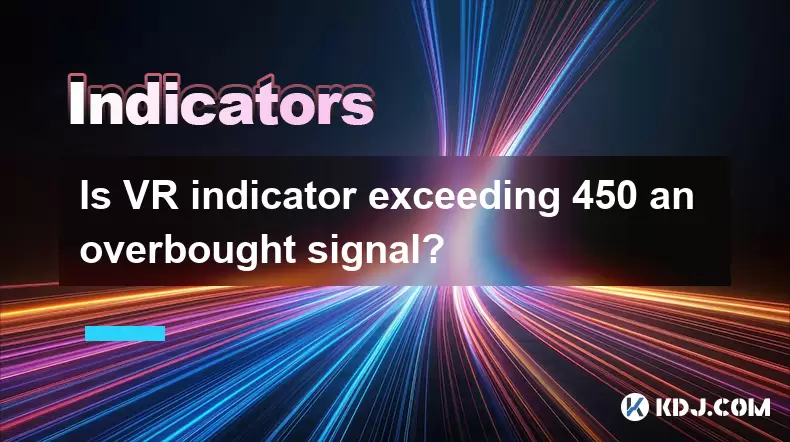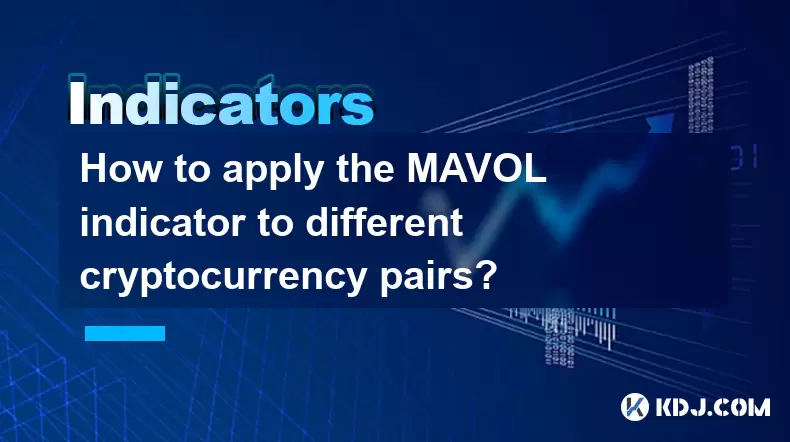-
 Bitcoin
Bitcoin $118400
0.47% -
 Ethereum
Ethereum $3836
2.20% -
 XRP
XRP $3.157
2.98% -
 Tether USDt
Tether USDt $0.9999
-0.03% -
 BNB
BNB $801.5
1.31% -
 Solana
Solana $180.9
2.07% -
 USDC
USDC $0.9999
-0.02% -
 Dogecoin
Dogecoin $0.2225
2.50% -
 TRON
TRON $0.3285
-1.02% -
 Cardano
Cardano $0.7789
2.60% -
 Hyperliquid
Hyperliquid $43.60
2.39% -
 Sui
Sui $3.892
4.41% -
 Stellar
Stellar $0.4229
3.34% -
 Chainlink
Chainlink $18.01
3.98% -
 Hedera
Hedera $0.2745
6.77% -
 Bitcoin Cash
Bitcoin Cash $582.3
3.38% -
 Avalanche
Avalanche $23.77
1.04% -
 Ethena USDe
Ethena USDe $1.001
0.01% -
 Toncoin
Toncoin $3.493
3.59% -
 Litecoin
Litecoin $110.0
2.48% -
 UNUS SED LEO
UNUS SED LEO $8.936
-0.37% -
 Shiba Inu
Shiba Inu $0.00001304
2.49% -
 Uniswap
Uniswap $9.999
1.09% -
 Polkadot
Polkadot $3.897
3.26% -
 Monero
Monero $308.6
-0.83% -
 Dai
Dai $0.9999
-0.01% -
 Bitget Token
Bitget Token $4.504
-0.04% -
 Pepe
Pepe $0.00001154
2.95% -
 Cronos
Cronos $0.1471
3.06% -
 Ethena
Ethena $0.6691
19.53%
Is VR indicator exceeding 450 an overbought signal?
When the VR indicator exceeds 450 in crypto trading, it signals strong buying pressure, but traders should combine it with RSI, MACD, and price action to determine overbought conditions accurately.
Jun 21, 2025 at 11:56 am

Understanding the VR Indicator in Cryptocurrency Trading
The VR (Volume Ratio) indicator is a technical analysis tool commonly used in cryptocurrency trading to assess buying and selling pressure based on volume. It compares the total volume of advancing periods to declining periods over a specified timeframe, typically 14 days. When the VR indicator exceeds 450, traders often question whether this signals an overbought condition.
The VR indicator formula is calculated as follows:
VR = (Sum of Up Volume for N Periods) / (Sum of Down Volume for N Periods)
Where "Up Volume" refers to the volume when the closing price is higher than the previous period, and "Down Volume" refers to the volume when the closing price is lower than the previous period.
In the context of cryptocurrencies like Bitcoin or Ethereum, high volatility can cause the VR value to spike quickly. Therefore, understanding how to interpret these spikes becomes crucial for making informed trading decisions.
What Does a VR Reading Above 450 Mean?
When the VR indicator surpasses 450, it indicates that buying volume has significantly outpaced selling volume over the selected period. This situation often occurs during strong upward price movements fueled by market enthusiasm or bullish sentiment.
- High VR values suggest heavy accumulation by institutional or large retail investors.
- The asset may be entering a phase where short-term profit-taking could occur, especially if momentum indicators also show overbought conditions.
- In some cases, such a high VR reading might precede a consolidation phase or even a pullback, particularly if no new volume supports continued price increases.
However, it's important not to rely solely on VR readings. Traders should combine this with other tools such as RSI, MACD, and support/resistance levels to confirm potential overbought scenarios.
How to Use VR Indicator Alongside Other Technical Tools
Using the VR indicator alone is insufficient for determining overbought status. A more comprehensive approach involves combining it with established oscillators and trend-following indicators.
- RSI (Relative Strength Index): If RSI is above 70 while VR is above 450, the probability of an overbought scenario increases.
- MACD (Moving Average Convergence Divergence): Look for bearish crossovers or divergences between price action and MACD line to confirm weakening momentum.
- Volume Profile: Analyze where most trading activity occurred. If prices are moving into low-volume zones while VR is elevated, it may signal exhaustion.
- Candlestick Patterns: Bearish reversal patterns such as shooting stars, hanging men, or engulfing candles appearing alongside high VR readings may reinforce overbought signals.
By integrating these tools, traders can better evaluate whether a high VR reading truly reflects an overbought state or simply a continuation of a strong uptrend.
Historical Examples of High VR Readings in Crypto Markets
Looking at historical data from major cryptocurrencies provides insight into how high VR values have played out in real market conditions.
- During the early stages of Bitcoin’s bull run in late 2020, VR values on daily charts frequently exceeded 450 without immediate corrections. In those cases, high VR reflected strong underlying demand rather than overbought territory.
- In contrast, altcoins like ETH or SOL sometimes showed sharp VR spikes followed by quick pullbacks, especially after extended rallies without healthy consolidations.
- On several occasions, when VR reached extreme levels but was not supported by rising open interest or increasing liquidity, a short-term top was formed shortly afterward.
These examples illustrate that context matters. The same VR level can mean different things depending on broader market dynamics and individual asset behavior.
Practical Steps to Evaluate Overbought Conditions Using VR
If you observe the VR indicator exceeding 450, here’s a step-by-step guide to determine whether the asset is overbought:
- Step 1 – Confirm Trend Direction: Ensure the asset is in an uptrend using moving averages (e.g., 50-day and 200-day EMA).
- Step 2 – Check Momentum Indicators: Review RSI and Stochastic Oscillator. If both are above overbought thresholds, caution is warranted.
- Step 3 – Analyze Price Action: Look for signs of weakness such as rejection candles, lack of follow-through, or failure at key resistance levels.
- Step 4 – Evaluate Volume Support: Determine whether recent price moves were accompanied by strong volume or if volume has started to decline despite rising prices.
- Step 5 – Set Alerts and Watch Levels: Mark critical support and resistance areas. Consider placing stop-loss orders or partial profit-taking strategies around those levels.
This method allows traders to make more nuanced decisions rather than reacting impulsively to a single metric.
Frequently Asked Questions
Q: Can VR indicator values stay high for long periods without triggering a correction?
Yes, especially during strong bull markets or when a particular cryptocurrency receives sustained institutional attention. In such cases, high VR readings reflect consistent demand rather than temporary overextension.
Q: Is VR more effective in certain timeframes?
VR is typically analyzed on daily or weekly charts for longer-term trends. However, shorter timeframes like 4-hour or 1-hour charts can help spot intraday reversals when combined with other tools.
Q: What is considered a normal VR range in crypto markets?
While there's no fixed "normal" range, many traders consider VR values between 100 and 300 as typical. Values above 400 are seen as relatively high and may require deeper analysis depending on context.
Q: How does VR compare to OBV (On-Balance Volume)?
Both measure volume-based sentiment, but VR focuses on the ratio of up vs. down volume, while OBV adds cumulative volume on up days and subtracts it on down days. Each offers unique insights and works best when used together.
Disclaimer:info@kdj.com
The information provided is not trading advice. kdj.com does not assume any responsibility for any investments made based on the information provided in this article. Cryptocurrencies are highly volatile and it is highly recommended that you invest with caution after thorough research!
If you believe that the content used on this website infringes your copyright, please contact us immediately (info@kdj.com) and we will delete it promptly.
- SEC, Crypto, and On-Chain: Navigating the Regulatory Maze
- 2025-08-01 02:31:40
- Bitcoin Bullish Market: How Long Positions are Boosting the Crypto King
- 2025-08-01 02:35:33
- Visa, Stellar, and Stablecoins: A New York Minute on the Future of Finance
- 2025-08-01 01:50:50
- BCH, FET, BlockDAG: Decoding the Crypto Buzz
- 2025-08-01 01:16:37
- Conflux Token, Crypto Simplicity, and WeWake Finance: A New Era?
- 2025-08-01 01:50:50
- Dogecoin, Remittix, and Analyst Targets: Navigating the Crypto Landscape
- 2025-08-01 01:55:40
Related knowledge

What does it signify when the MACD crosses below the zero line?
Aug 01,2025 at 01:43am
Understanding the MACD IndicatorThe Moving Average Convergence Divergence (MACD) is one of the most widely used technical analysis tools in the crypto...

How does the MACD histogram show momentum?
Aug 01,2025 at 01:16am
Understanding the MACD Histogram and Its Role in Cryptocurrency TradingThe MACD histogram is a visual representation of the difference between the MAC...

What is a MACD crossover?
Jul 31,2025 at 11:52pm
Understanding the Role of Private Keys in Cryptocurrency SecurityIn the world of cryptocurrency, private keys are the cornerstone of ownership and con...

How can you use the MACD histogram to determine trend strength?
Jul 31,2025 at 11:10pm
Understanding the MACD Histogram and Its ComponentsThe MACD (Moving Average Convergence Divergence) histogram is a visual representation of the differ...

What is the impact of different moving average types (SMA vs. EMA) on the MAVOL indicator?
Aug 01,2025 at 02:31am
Understanding the MAVOL Indicator in Cryptocurrency AnalysisThe MAVOL (Moving Average Volume) indicator is a technical analysis tool used in the crypt...

How to apply the MAVOL indicator to different cryptocurrency pairs?
Aug 01,2025 at 12:43am
Understanding the MAVOL Indicator in Cryptocurrency TradingThe MAVOL indicator, short for Moving Average Volume, is a technical analysis tool that app...

What does it signify when the MACD crosses below the zero line?
Aug 01,2025 at 01:43am
Understanding the MACD IndicatorThe Moving Average Convergence Divergence (MACD) is one of the most widely used technical analysis tools in the crypto...

How does the MACD histogram show momentum?
Aug 01,2025 at 01:16am
Understanding the MACD Histogram and Its Role in Cryptocurrency TradingThe MACD histogram is a visual representation of the difference between the MAC...

What is a MACD crossover?
Jul 31,2025 at 11:52pm
Understanding the Role of Private Keys in Cryptocurrency SecurityIn the world of cryptocurrency, private keys are the cornerstone of ownership and con...

How can you use the MACD histogram to determine trend strength?
Jul 31,2025 at 11:10pm
Understanding the MACD Histogram and Its ComponentsThe MACD (Moving Average Convergence Divergence) histogram is a visual representation of the differ...

What is the impact of different moving average types (SMA vs. EMA) on the MAVOL indicator?
Aug 01,2025 at 02:31am
Understanding the MAVOL Indicator in Cryptocurrency AnalysisThe MAVOL (Moving Average Volume) indicator is a technical analysis tool used in the crypt...

How to apply the MAVOL indicator to different cryptocurrency pairs?
Aug 01,2025 at 12:43am
Understanding the MAVOL Indicator in Cryptocurrency TradingThe MAVOL indicator, short for Moving Average Volume, is a technical analysis tool that app...
See all articles

























































































